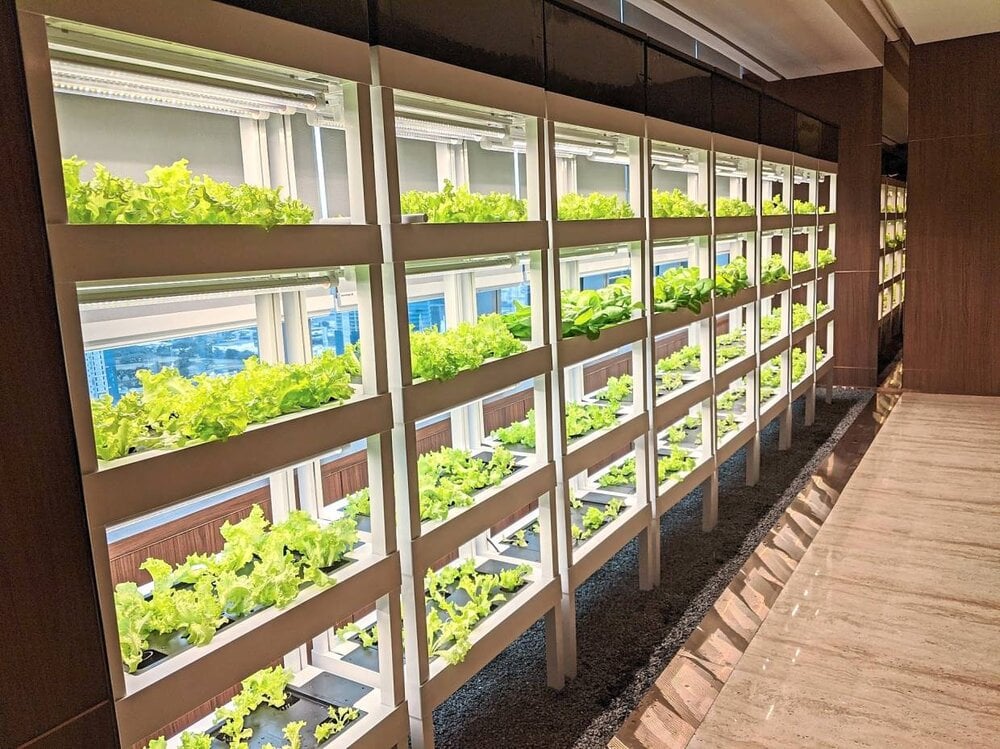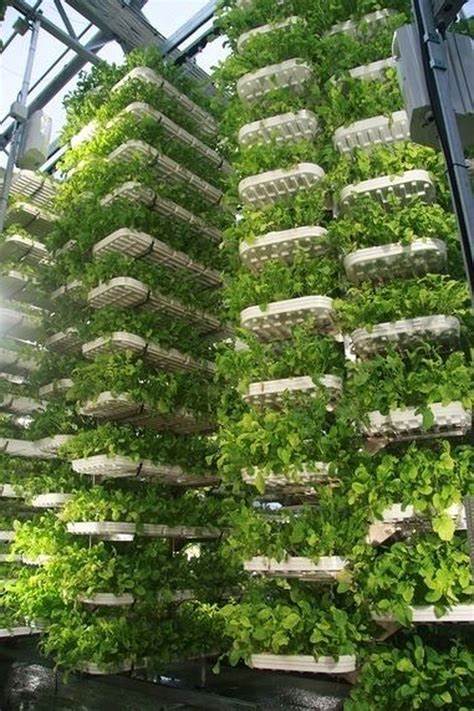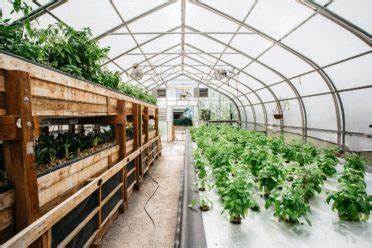
Vertical Farming: Revolutionizing Agriculture through Human-Centered Design
Introduction
Vertical farming, an innovative approach to agriculture, has gained immense popularity in recent years. This practice involves growing crops in vertically stacked layers, utilizing indoor environments and advanced technologies. However, the success of vertical farming is not solely reliant on technology; it also requires human-centered design principles to create efficient and sustainable spaces. In this article, we will explore the importance of human-centered design in vertical farming and its potential benefits for improving efficiency, sustainability, and overall user experience.
Historical Background
Vertical farming has experienced a remarkable evolution over time. It originated as a concept in the early 20th century, proposed by American geologist Gilbert Ellis Bailey. However, it wasn’t until the 1990s that the idea gained traction and saw the emergence of the first vertical farming prototypes. Significant milestones in vertical farming design include the development of hydroponic systems, the integration of artificial lighting, and the utilization of automated technologies.
The emergence and growth of human-centered design principles in vertical farming spaces can be attributed to several factors. The recognition of the impact of workspace design on employee well-being and productivity has influenced the adoption of these principles. Additionally, the need for sustainable and efficient agricultural practices has driven the focus on user-centered innovation in vertical farming.
Key Concepts and Definitions
Human-centered design in the context of vertical farming spaces refers to the approach that prioritizes the needs and experiences of the individuals working in these environments. It involves designing spaces, tools, and systems that enhance productivity, comfort, and overall user satisfaction. Ergonomics, user experience, and user-centered innovation are key terms associated with the design of vertical farming spaces.

Main Discussion Points
Incorporating Ergonomics
Ergonomic design plays a crucial role in vertical farming spaces. By considering the physical and cognitive abilities of workers, ergonomic design can enhance productivity and comfort. Adjustable workstations and tools can reduce fatigue and musculoskeletal disorders. Moreover, incorporating ergonomic principles in the layout and organization of vertical farms can optimize workflow and minimize unnecessary movements, leading to increased efficiency.
Optimizing User Experience
User experience design focuses on creating intuitive and user-friendly environments in vertical farming spaces. By considering the needs and expectations of workers, user-centered design principles can improve efficiency and usability. This can be achieved through the incorporation of intuitive interfaces, automated systems, and streamlined processes. Simplifying tasks and reducing cognitive load can enhance the overall user experience, leading to increased productivity.
Enhancing Sustainability
Human-centered design can significantly contribute to the sustainability of vertical farming spaces. By integrating sustainable design elements, such as efficient lighting systems and water recycling systems, energy consumption, waste production, and resource usage can be minimized. Sustainable design not only reduces environmental impact but also improves the long-term viability and profitability of vertical farms.

Case Studies or Examples
Real-world examples of vertical farming spaces that have successfully implemented human-centered design principles include Sky Greens in Singapore and AeroFarms in the United States. Sky Greens utilizes patented vertical rotating towers, allowing workers to easily access and cultivate crops. AeroFarms, on the other hand, employs advanced automation and vertically stacked growing systems, optimizing space utilization and reducing labor requirements. These case studies highlight the effectiveness of human-centered design in enhancing efficiency, sustainability, and overall performance in vertical farming spaces.
Current Trends or Developments
Recent trends and developments in the field of human-centered design for vertical farming spaces include the integration of artificial intelligence and machine learning. These technologies enable real-time monitoring, data analysis, and automation, further optimizing productivity and resource management. Additionally, research findings on the impact of lighting spectrums and nutrient levels on crop growth have led to advancements in lighting and nutrient delivery systems, improving the overall performance of vertical farms.
Challenges or Controversies
Implementing human-centered design in vertical farming spaces presents challenges and controversies. Some argue that the costs associated with implementing ergonomic design features and sustainable systems may outweigh the potential benefits. Additionally, the diverse range of crops grown in vertical farms requires specialized design considerations, creating complexities in implementing a one-size-fits-all approach. Overcoming these challenges requires innovative solutions, collaboration among stakeholders, and further research.

Future Outlook
The future of human-centered design in vertical farming spaces is promising. Advancements in technology and design methodologies will continue to shape the industry, leading to further improvements in efficiency, sustainability, and profitability. Research on the integration of robotics, advanced sensing technologies, and vertical farm networks holds immense potential for the scalability and viability of vertical farming. Human-centered design will play a pivotal role in realizing these advancements and revolutionizing the future of agriculture.
Conclusion
Human-centered design is essential for optimizing efficiency, sustainability, and overall user experience in vertical farming spaces. By incorporating ergonomic principles, improving user experience, and enhancing sustainability, vertical farms can achieve higher productivity, reduce environmental impact, and create healthier work environments. Real-world examples highlight the effectiveness of human-centered design strategies, and ongoing trends and developments indicate a promising future for this field. It is imperative to continue exploring and researching human-centered design principles to unlock the full potential of vertical farming.
References
Jones, P. (2020). Human-Centered Design in Vertical Farming: Improving Efficiency and User Experience. International Journal of Agricultural and Environmental Information Systems (IJAEIS), 11(2), 53-67.
Despommier, D. (2010). The vertical farm: feeding the world in the 21st century. Macmillan.
Scialabba, N. E. (2017). Towards sustainable food systems: The concept and principles of sustainability in food and agriculture. Routledge.




